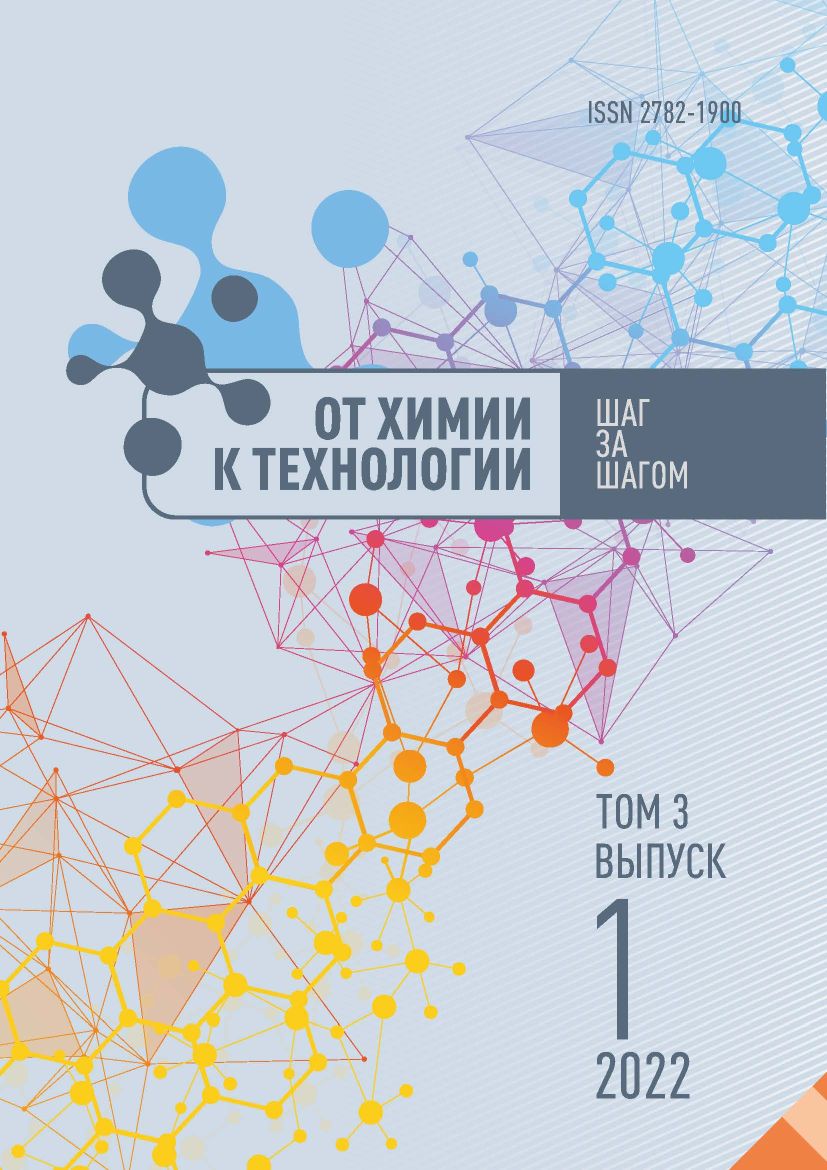Yaroslavl, Yaroslavl, Russian Federation
Yaroslavl, Yaroslavl, Russian Federation
from 01.01.1974 until now
Yaroslavl, Yaroslavl, Russian Federation
Yaroslavl, Yaroslavl, Russian Federation
Yaroslavl, Yaroslavl, Russian Federation
The paper examines the classification of de-icing agents and identifies the most commonly used additives in road maintenance. The article describes the mechanism for producing a combined acetate de-icing agent from sealant production wastes. Experiments shows total removing of ice by combined acetate reagent in 30 minutes. Also the study investigates the effect of de-icing agents on galvanised automobile parts. The interaction between the de-icing agent and the metal automobile parts proceeds through the anodic and cathodic oxidation-reduction reactions. The paper dwells on electrochemical corrosion underlying chemistry. In order to evaluate the effect of antifreeze additives on the electrochemical corrosion of zinc coating the authors present the results of the quantum-chemical calculations of zinc ions intermolecular complexes energies formations with water molecules and antifreeze additives. We made the conclusions by the results of the scientific work. According to the results, sodium phormiate can be classified as a gentle de-icing agent, characterising by low corrosive effect in a humid environment. The better result was shown by the combined de-icing agent in a dry environment. The maximum corrosion rate of the zinc coating in a wet environment is higher than in a dry one.
De-icing agents, technical salt, urea, sodium phormiate, electrochemical corrosion, underlying chemistry
1. Podolsky, V.P., Samodurova, T.V. & Fedorova, Y.V. (2000) Ecological aspects of winter road maintenance. Voronezh: Izd-vo Voronezh. gos. arkhitektur.-stroit. akad. (in Russian).
2. Azovtseva, N.A. & Smagin, A.V. (2018) Dynamics of physical and physicochemical properties of urban soils under the effect of ice-melting salts, Eurasian Soil Science, 51(1), pp. 120-129. DOI:https://doi.org/10.1134/S1064229318010027.
3. Bespamyatnov, G.P. & Krotov, Y.A. (2007) Maximum permissible concentrations of chemical substances in the environment. L.: Khimia (in Russian).
4. Privalova, N.M., Protsai, A.A., Litvinenko, Y.F., Marchenko, L.A. & Pankov, V.A. (2006) Determination of phytotoxicity of soils on rekultivirovanny sites, Uspekhi sovremennogo estestvoznaniya, 10, pp. 45-45 (in Russian).
5. Chesnokova, S.M. & Chugay, N.V. (2008) Biological methods for assessing the quality of environmental objects. In 2 parts. Part 2: Methods of biotesting: textbook. Vladimir: Izd-vo Vladim. gos. un-t (in Russian).
6. Guidelines for winter slippery conditions on roads. Approved by Ministry of Transport Order No. OS-548-r of 16 June 2003.
7. Kalaev, R.E., Nikitinskaya, M.A. & Markelova, N.L. (2018) Fight against ice in Russia and abroad, Seventy-first All-Russian Scientific and Technical Conference of Undergraduate, Graduate and Postgraduate Students of Higher Education Institutions with International Participation. 18 April 2018. Yaroslavl: collection of materials. conf. in 3 parts. Part 1. Yaroslavl: Izdat. dom YaGTU, pp. 747-750 (in Russian).
8. Kalaev, R.E., Nikitinskaya, M.A. & Kalaeva, S.Z. (2018) The impact of anti-icing reagents on the environment, Innovative ways of solving urgent problems of nature management and environmental protection. Collection of reports of International Scientific and Technical Conference Alushta. June 4-8. Belgorod: Izd-vo Belgor. gos. tekhnol. un-t, pp. 230-234 (in Russian).
9. Kalaev, R.E., Nikitinskaya, M.A., Kalaeva, S.Z. & Markelova, N.L. (2018) Impact of urea and sodium formate on biosphere components, Ecology of Russia and Adjacent Territories: Proceedings of 23rd International Environmental Student Conference. Novosibirskiy gosudarstvennyy universitet: Izd-vo IPTs NGU, pp. 14 (in Russian).
10. Frolova, E.A., Kondakov, D.F., Orlova, V.T., Danilov, V.P., Avdyushkina, L.I. & Bykov, A.V. (2013) Design of deicing reagents based on alkali and alkaline-earth metals and ammonium formates, acetates, and nitrates, Theoretical Foundations of Chemical Engineering, 47(4), pp. 422-427. DOI:https://doi.org/10.1134/S0040579513040076.
11. Szklarek, S., Górecka, A. & Wojtal-Frankiewicz, A. (2022).The effects of road salt on freshwater ecosystems and solutions for mitigating chloride pollution - a review, The Science of the Total Environment, 805, pp. 150289. DOI:https://doi.org/10.1016/j.scitotenv.2021.150289.
12. Gomatin, N.A. (2019) Physical and chemical bases of corrosion of zinc coatings, International Journal of Humanities and Natural Sciences, 4-2, pp. 32-35. DOI:https://doi.org/10.24411/2500-1000-2019-10746.
13. Petrova, L.G., Timofeeva, G.Yu., Demin, P.E. & Kosachev, A.V. (2016) Fundamentals of electrochemical corrosion of metals and alloys: textbook. M.: MADI, p. 148 (in Russian).
14. Soloviev, M.E. & Dmitriev, K.E. (2021) Computer modelling in chemistry. Yaroslavl: Izd-vo YaGTU, p. 256 (in Russian).
15. Neese, F. (2012) The ORCA program system. Wiley Interdiscip. Rev.: Comput. Mol. Sci., 2(1), pp. 73-78.
16. Neese, F. (2017) Software update: the ORCA program system, version 4.0, Wiley Interdiscip. Rev.: Comput. Mol. Sci., 8(1), pp. 1327.
17. Korolev, G.V., Il'in, A.A., Solov'ev, M.E. & Evplonova, E.S. (2001) Computer simulation of alkil(meth)acrylate associates, Vysokomolekulyarnyye soyedineniya. Seriya A, 43(10), pp. 1822-1827 (in Russian).
18. Korolev, G.V., Ilyin, A.A., Soloviev, M.E., Srybnyi, A.V., Mogilevich, M.M. & Evplonova, E.S. (2002) Computer simulation of the structure and termal of polymer-monomer associates of some higher alkyl(meth)acrylates, Vysokomolekulyarnyye soyedineniya. Seriya A, 44(11), pp. 1947-1954 (in Russian).
19. Korolev, G.V., Ilyin, A.A., Soloviev, M.E., Srybnyi, A.V., Mogilevich, M.M. & Evplonova, E.S. (2005) Computer simulation of the structure and termal of polymer-monomer associates of some higher n-alkyl(meth)acrylates, Vysokomolekulyarnyye soyedineniya. Seriya A, 47(1), pp. 94-98 (in Russian).
20. Solov'ev, M.E. (2012) Experimental and statistical methods in chemical engineering research using Open Source software: tutorial. Yaroslavl: Izd-vo YaGTU, p. 263 (in Russian).








